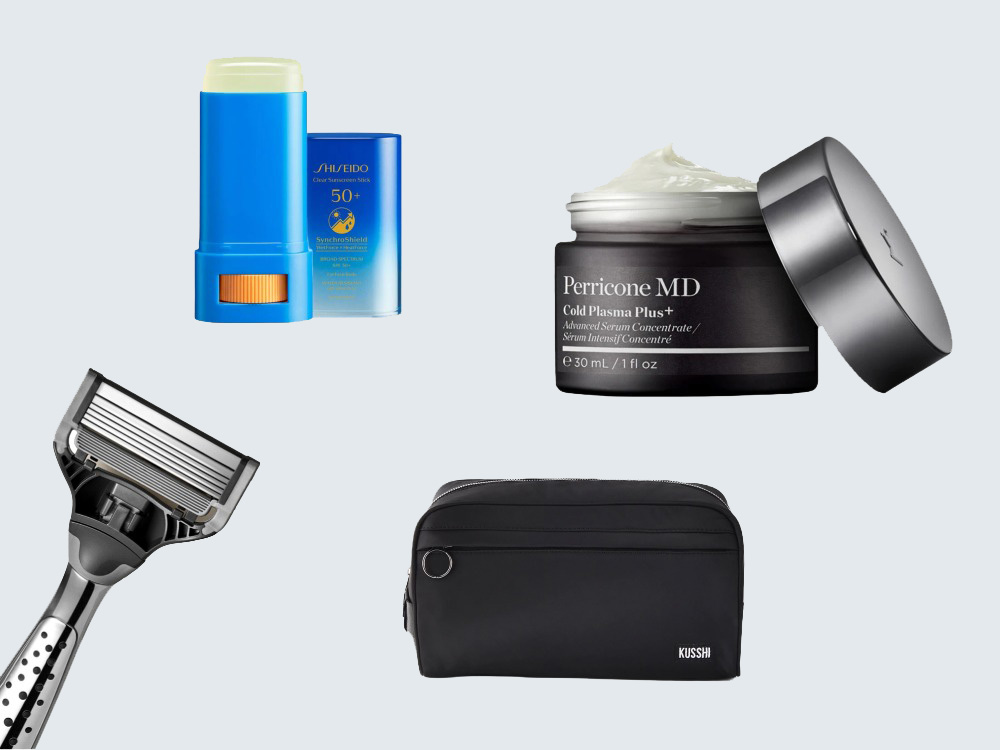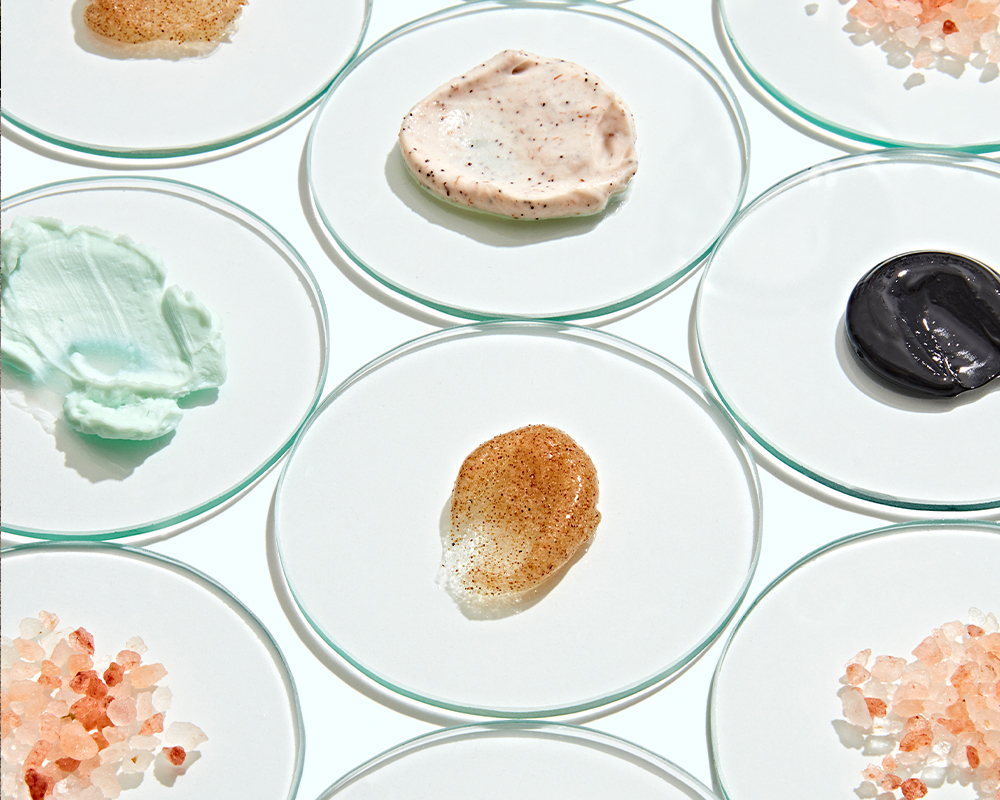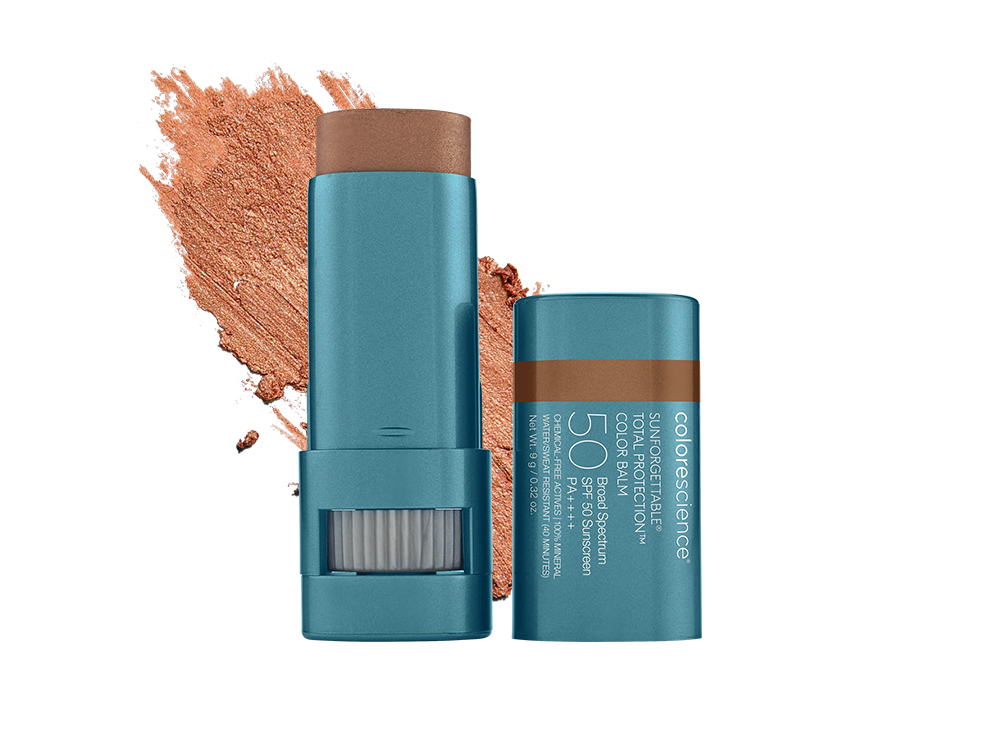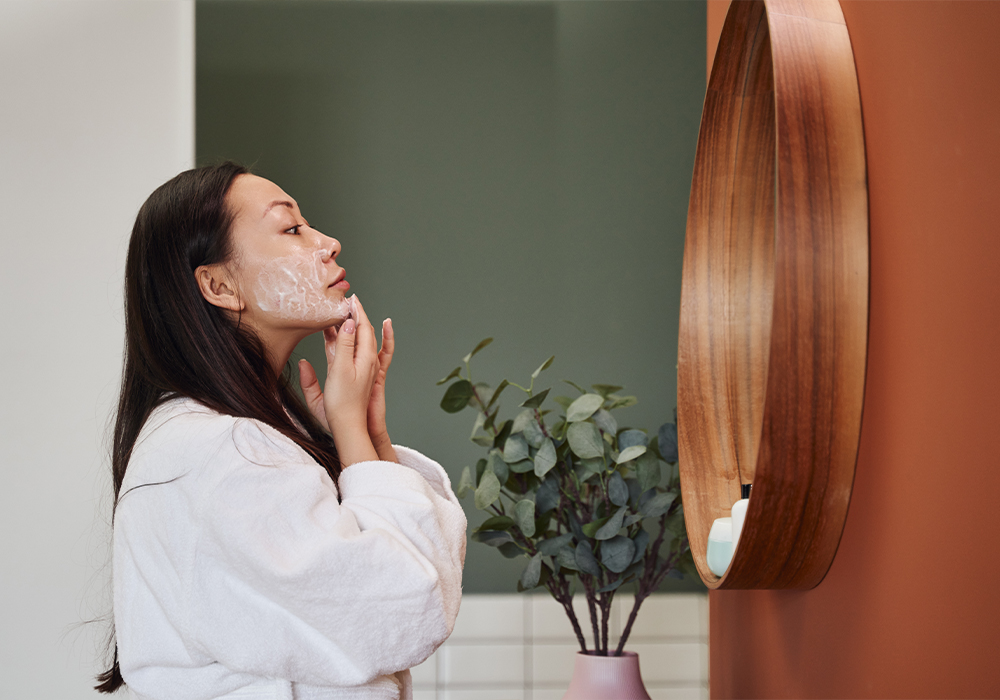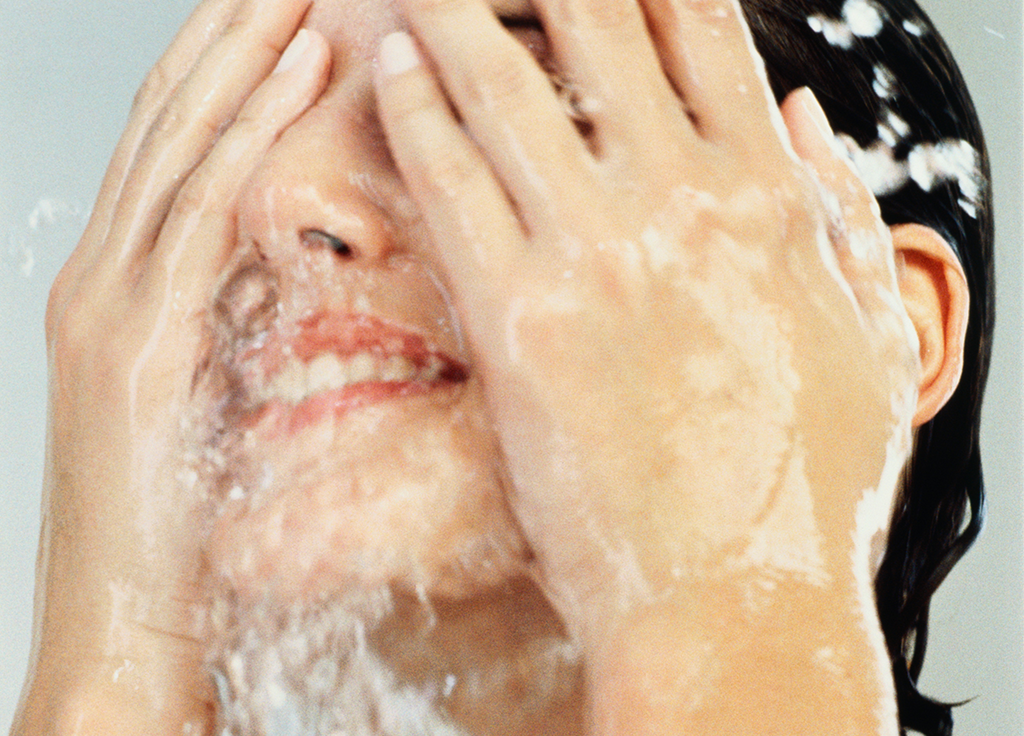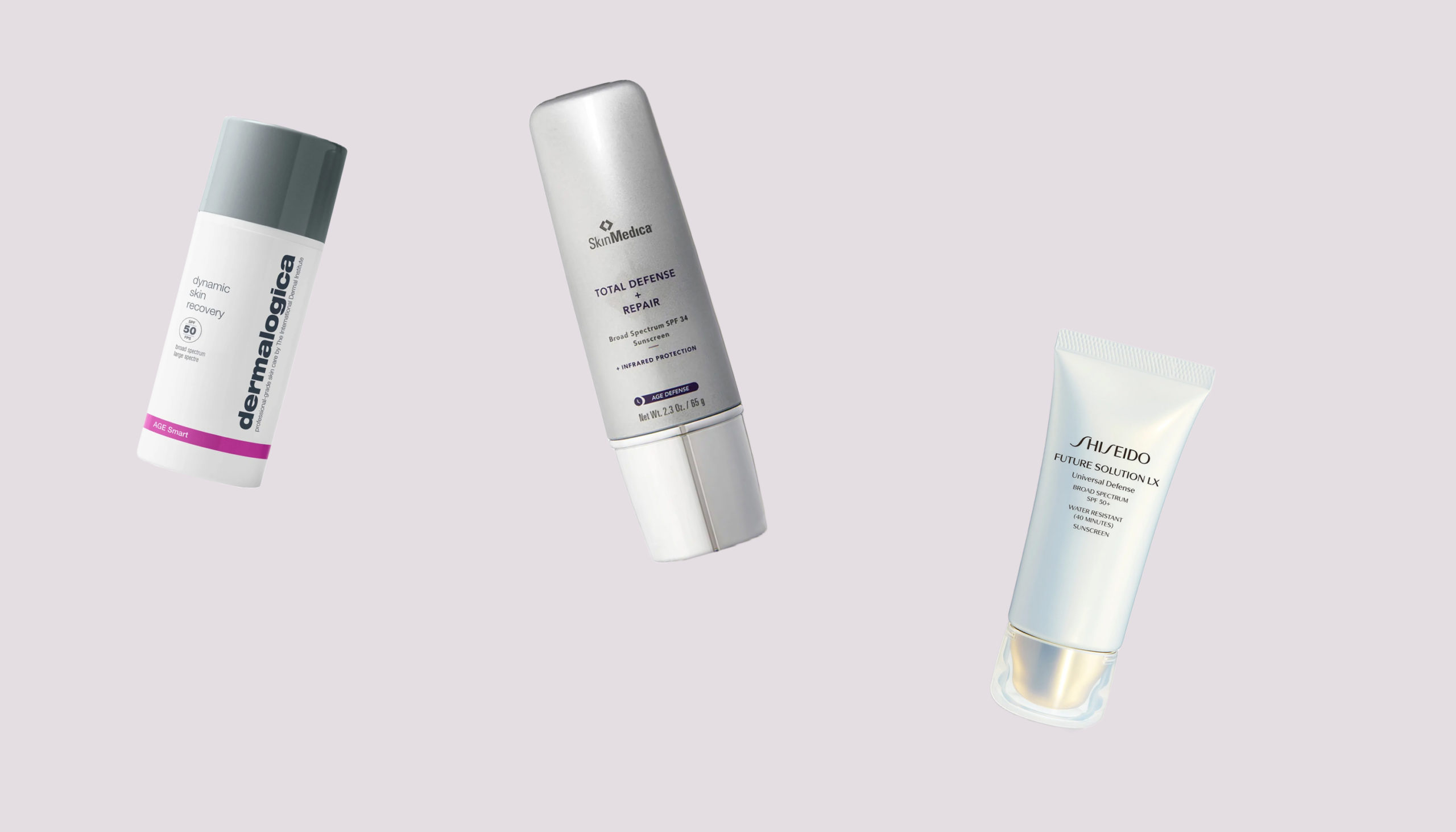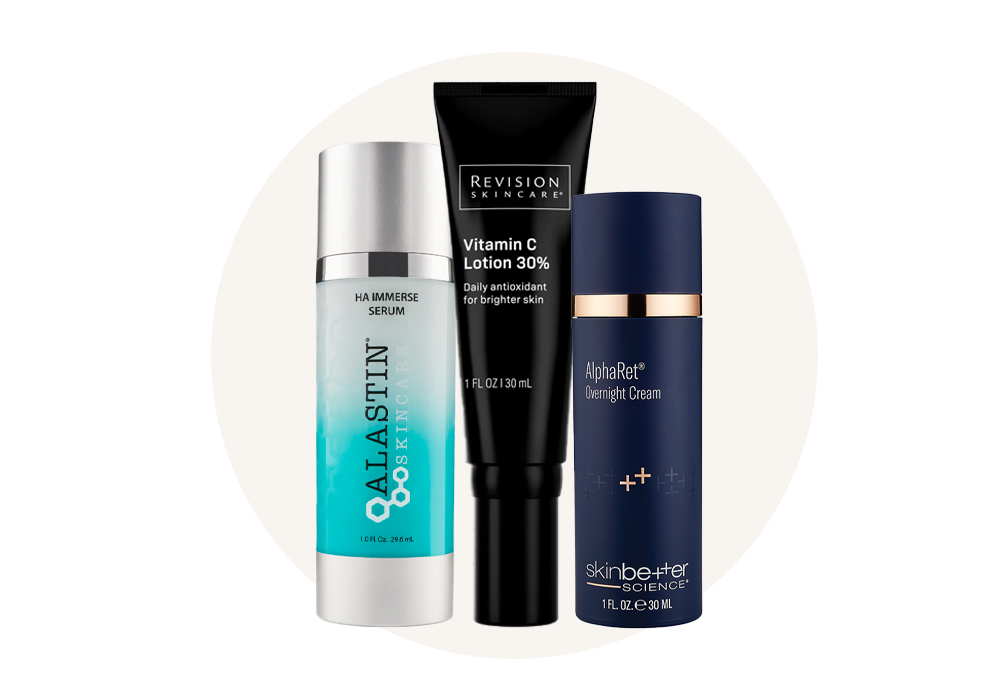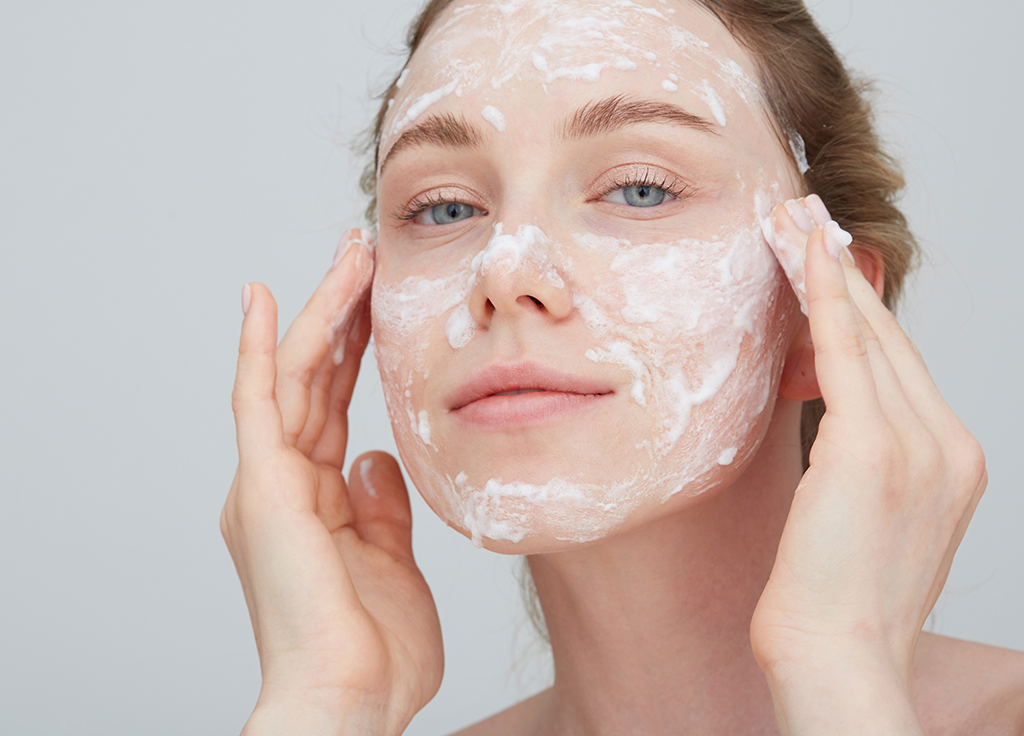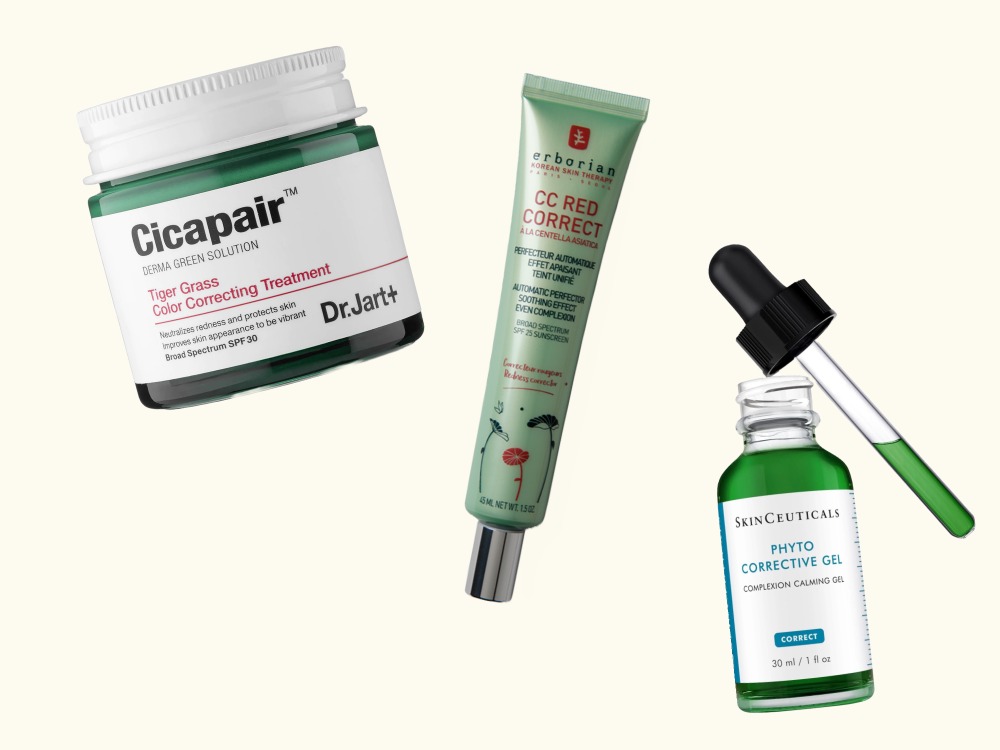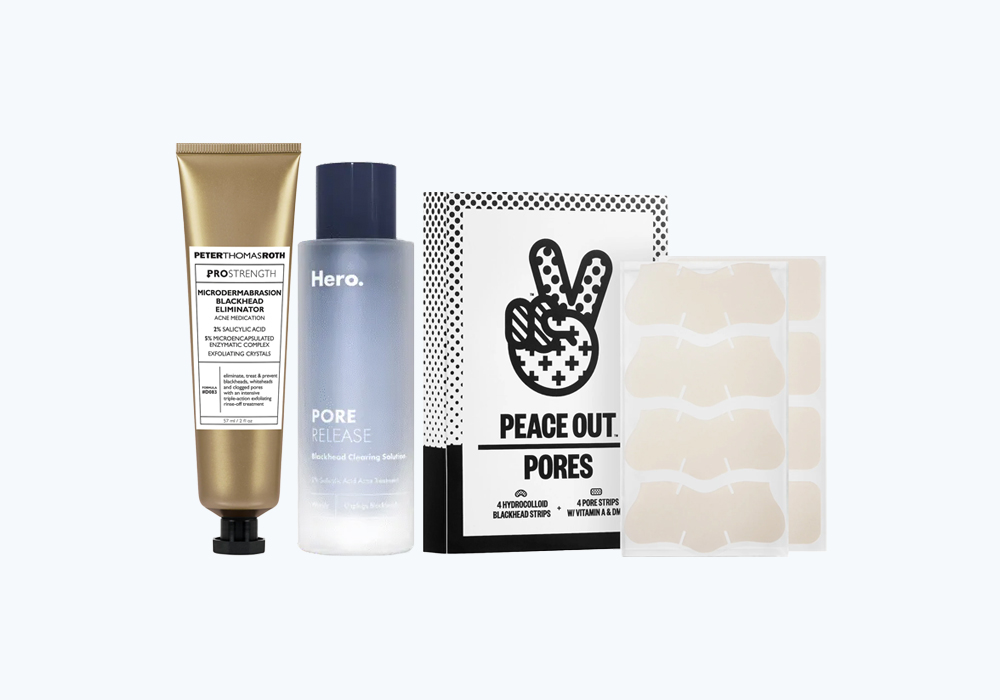When research firm Spate told us last year that interest in mushrooms was having a moment, we had no reason not to believe them: According to the 2021 numbers shared last spring, search in skin care was up by 22-plus percent, and more and more products popping up with the star ingredient soon followed suit.
But, like any trending skin-care and wellness “miracle” that keeps popping up, we had to push: Does it really work?
Cosmetic chemist Esther Oluwaseun says, in a word, yes—and she’s on board with the fabulous fungi for more than a few reasons.
“In my opinion, some lesser-known and lesser-talked about hydrating ingredients in skin care are glycerin, beta-glucan, sodium PCA, urea, and tremella fuciformis/mushroom extract,” she says, adding that, in general, consumers with sensitive skin can’t go wrong with using any hydrator in their routine—and that includes that magical multitasker of mushroom.
“There are some hydrators that have additional functions other than being a hydrator/humectant,” she adds. “For example, panthenol, beta glucan, and tremella fuciformis/mushroom extract have anti-inflammatory properties and can soothe the skin while hydrating it. Plus, as aforementioned, panthenol, beta glucan, and Tremella Fuciformis (mushroom) extract have anti-inflammatory properties on top of being hydrators. Lactic acid, an alphahydroxy acid, can exfoliate the skin and simultaneously act as a humectant/hydrator. In addition, some hydrating ingredients such as glycerin can also act as preservatives for a formula, extending the shelf life of personal-care products.”
This one is also a do for cosmetic chemist Kelly Dobos, who points to the recognizable example of Dr. Andrew Weil’s collaboration with Origins for the Mega-Mushroom skin-care line, which debuted back in 2005.
But, she stresses, there are many, many, different kids of mushrooms—as in more than 10,000 known species of mushrooms and probably more that have yet to be identified—so you might not always see a recognizable mushroom named in the ingredient list. “The systematic names for botanically based ingredients for labeling are based on Latin names that indicate a plant’s genus and species. Reishi would be Ganoderma lucidum, shitake is Lentinus edodes, and Inonotus obliquus denotes chaga.”
“Mushroom-based ingredients have always had the appeal of alternative and natural remedies,” Dobos adds, flagging that most have hydrating, antioxidant and anti-inflammatory properties. “But advances in extraction and isolation techniques have brought advances in the types of ingredients available for use in cosmetics. For example, Tremella fuciformis polysaccharide from silver ear mushrooms; it’s a gel with humectant and film-forming properties that’s being touted as a natural alternative to hyaluronic acid.”

